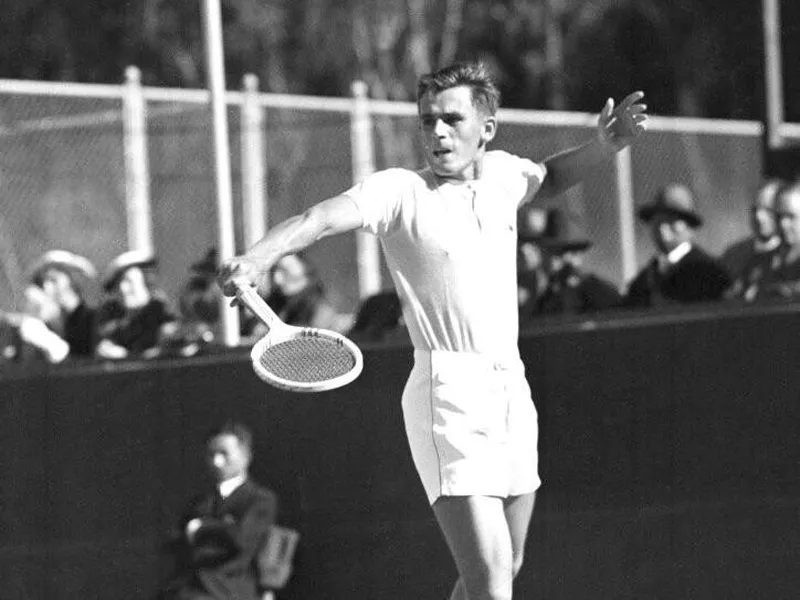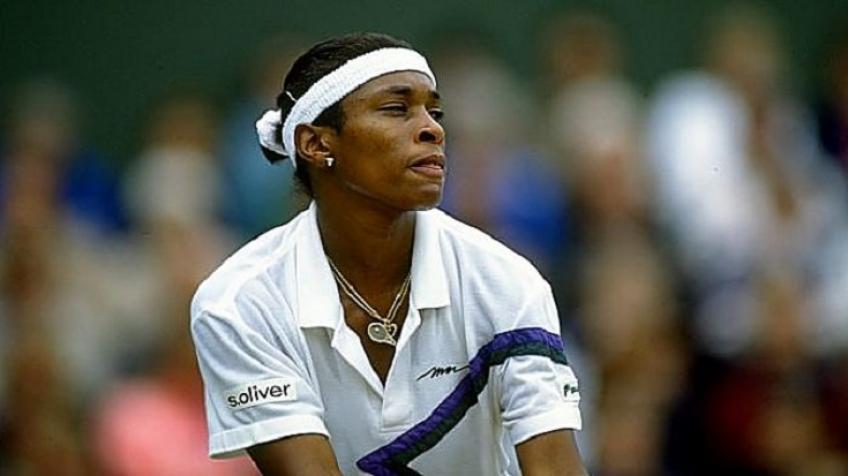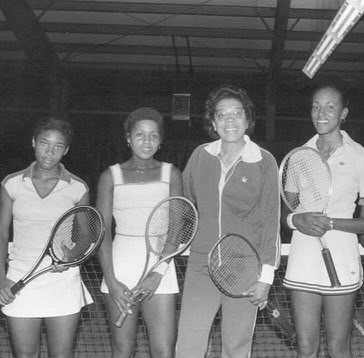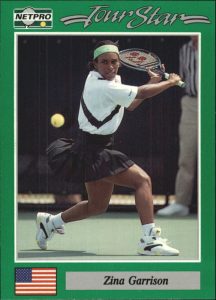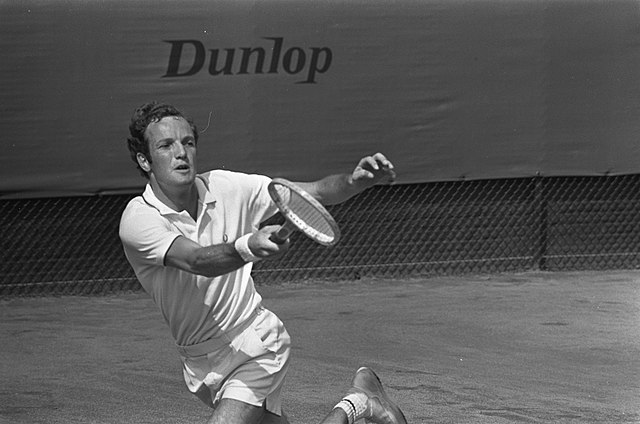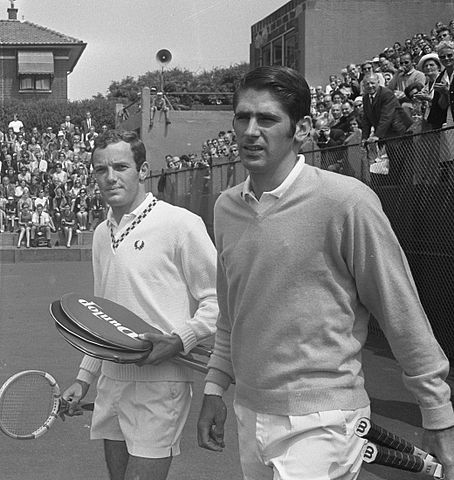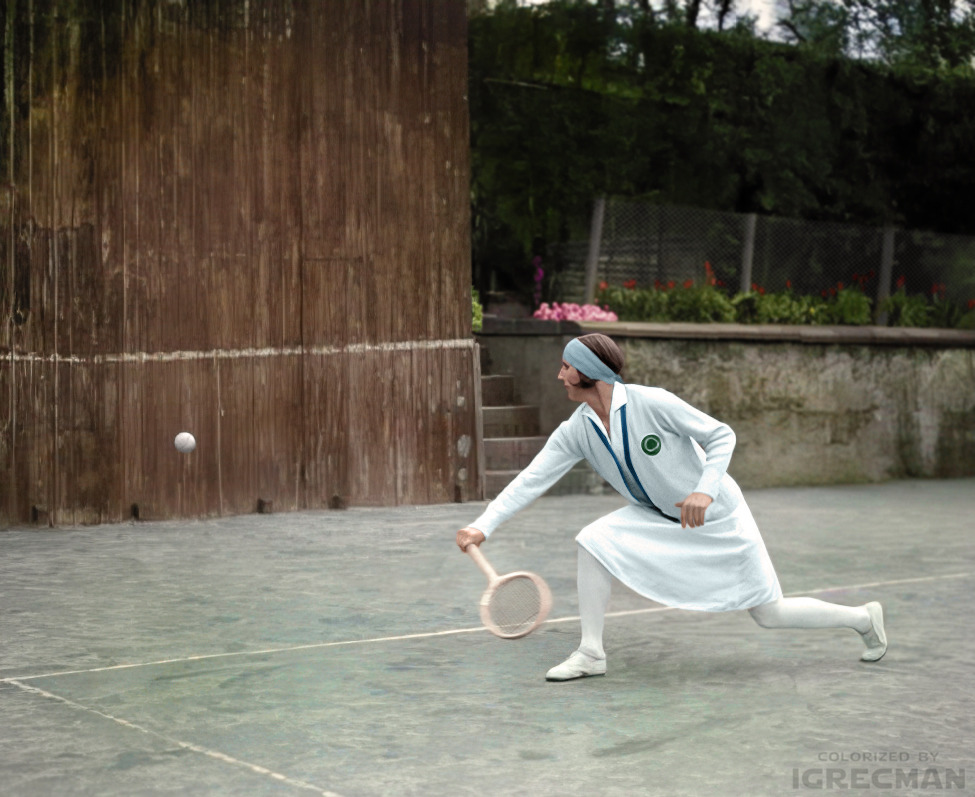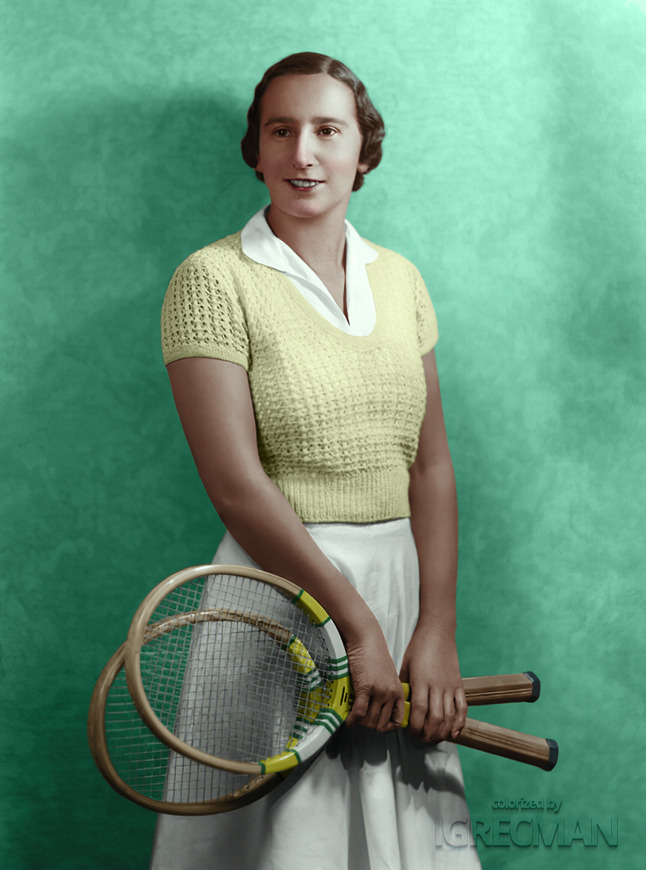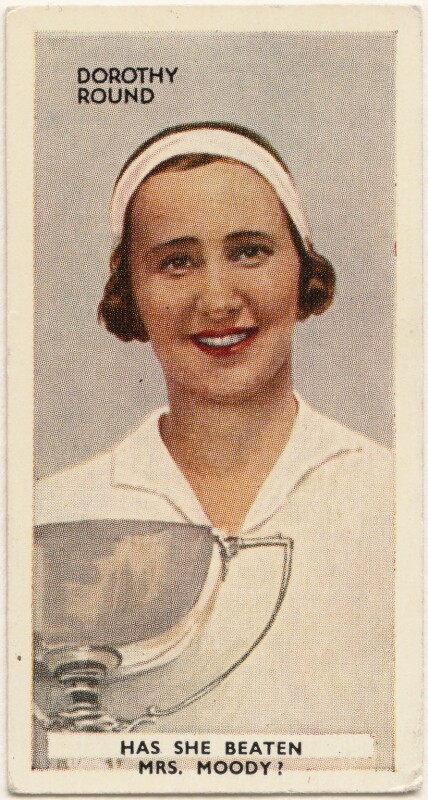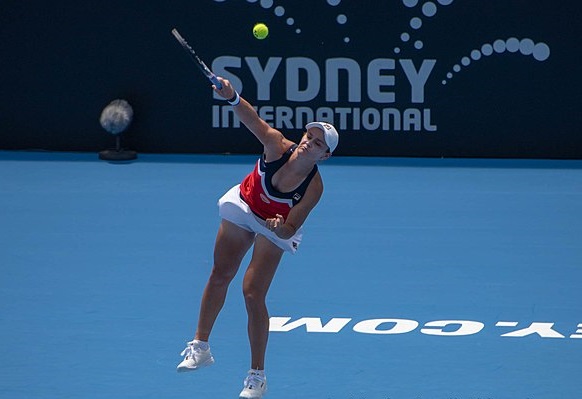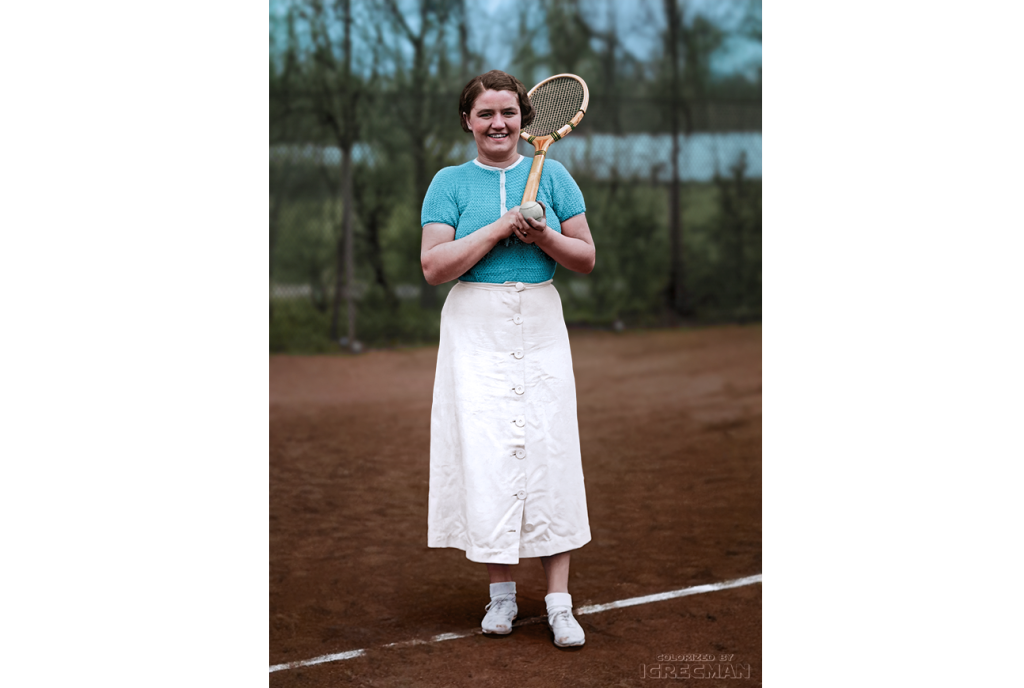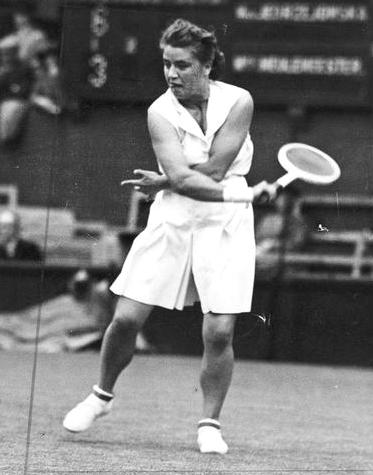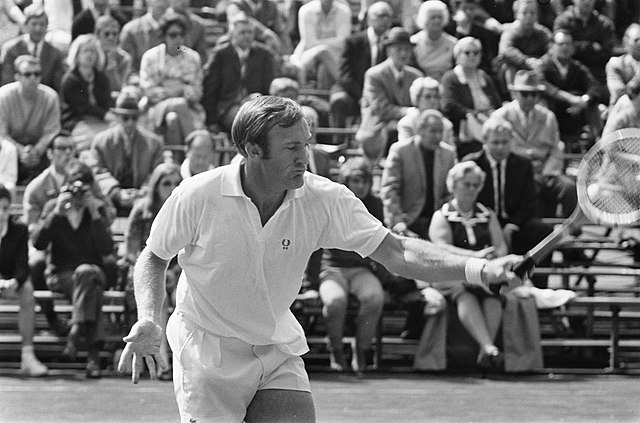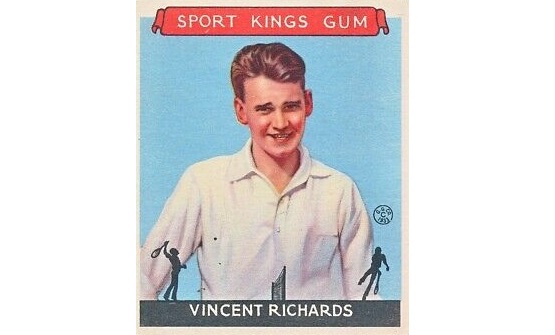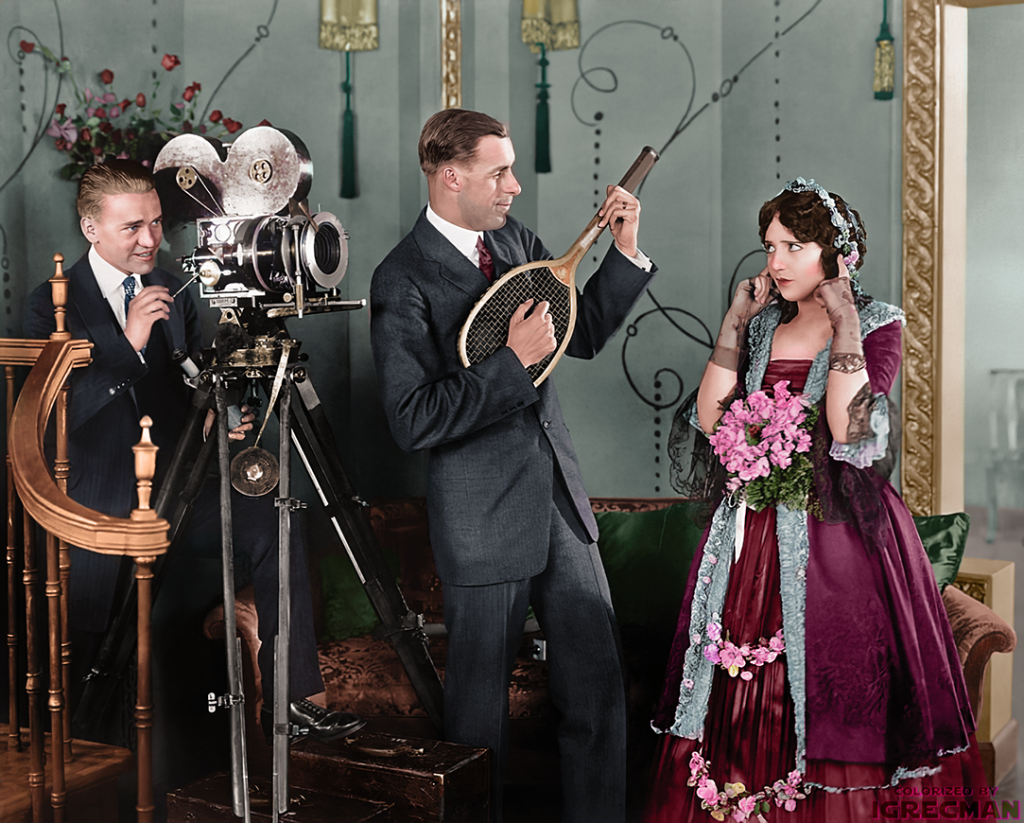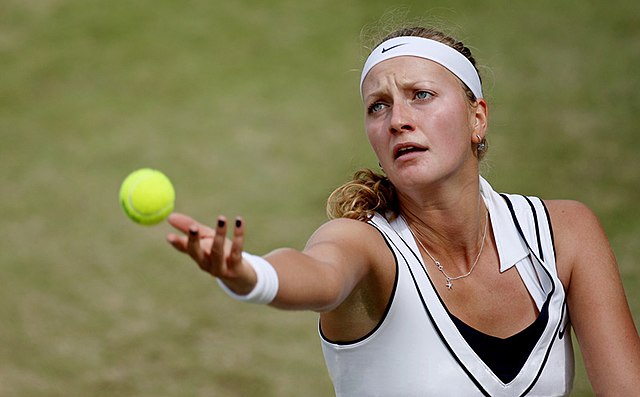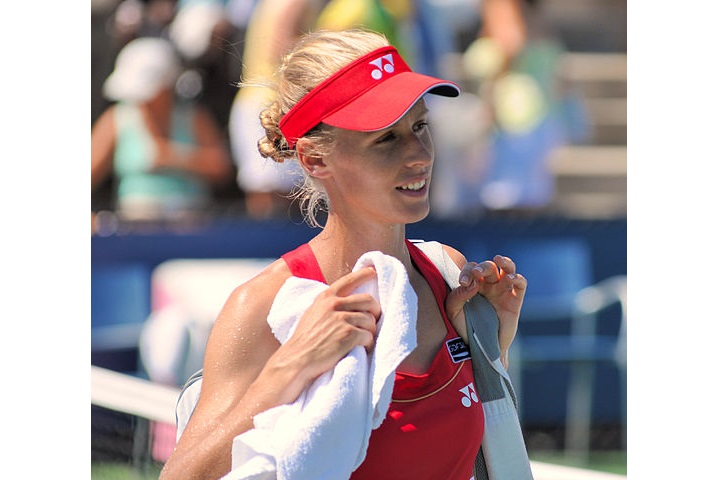
Credit: Christian Mesiano
In 2022, I’m counting down the 128 best players of the last century. With luck, we’ll get to #1 in December. Enjoy!
* * *
Elena Dementieva [RUS]Born: 15 October 1981
Career: 1998-2010
Plays: Right-handed (two-handed backhand)
Peak rank: 3 (2009)
Peak Elo rating: 2,168 (2nd place, 2010)
Major singles titles: 0
Total singles titles: 16
* * *
How important is an Olympic gold medal?
Tennis struggles with that question. It hasn’t always been an Olympic sport, and we have our own long-standing pinnacles that players target. You can find players anywhere on a wide continuum of positions between “The Olympics are everything!” to “Eh, I’ll play Atlanta instead.”
Elena Dementieva was firmly on the pro-Olympics side of that question, even before she won the singles gold medal at the 2008 Beijing Games. After overcoming Dinara Safina in the final, she made it clear:
I can’t even compare a grand slam to the Olympic Games, it’s just so much bigger. This is what I was waiting for. This is what I was working for. This is the biggest moment in my career, my life.
It’s not really possible to make an analytical case that the Olympics should be placed on the same level as the majors. The draw is smaller, and some top players usually skip it. (The Beijing field was missing Lindsay Davenport, Ana Ivanovic, and Maria Sharapova, and world number one Justine Henin had retired in May.) The event disrupts the established tennis calendar, so some of the stars who turn up aren’t as prepared as they would be for Wimbledon or the US Open.
But Dementieva is far from alone in valuing an Olympic gold so highly. If we do sometimes underrate the event, hyper-motivated competitors like her are the reason why. Winning a grand slam isn’t a significant achievement just because you need to win seven matches, or because someone with a British royal title might be in attendance. They matter because all the players agree that they matter.
Some tour players are willing to give the Games a miss, and most of the rest don’t care enough to skip events to aid their Olympic preparation, as Dementieva did. Still, enough competitors value an medal so highly that they treat it like a slam–Serena Williams certainly cares about medals, and Elena beat her in the quarters. Dementieva never got her major, but of all the great players who just missed, she might be the one who regrets it the least.
* * *
There. I did it. Nothing about the serve. I’ve been an admirer of Dementieva’s since 1999, when I saw the 17-year-old Russian on the outer courts at the US Open. I was also a teenager at the time, so it’s just possible that I was drawn to the statuesque blonde for reasons other than her devastating, rock-solid groundstrokes.
Whatever the initial appeal, I suffered first-hand through the decade of Elena’s near-misses and serving woes, so it doesn’t seem right to talk about the serve right out of the gate. She put together a great career–the 96th-best of the last century!–in spite of her limitations, and there are plenty of other things to talk about.
But… it always comes back to the serve.
Dementieva pulled a ligament in her right shoulder in late 2000, and she developed a sidearm slice serve to compensate. While the shoulder eventually recovered, the serve remained unorthodox, inconsistent, and an enormous liability. She knew it–how could she not?–so it was an even bigger problem in important matches. In her first major final, at the 2004 French Open, she double-faulted on 10 of her 45 service points.
By the time she retired in 2010, Elena had improved her serve, hitting harder and struggling less when it counted. That last year, she won 47.1% of her second serve points, a bit above tour average. It was a long, hard road to get there. Here are her year-by-year second-serve winning percentages:
2004: 39.0% 2005: 38.7% 2006: 40.6% 2007: 42.9% 2008: 45.3% 2009: 46.4% 2010: 47.1%
* (WTA stats are spotty before about 2006, so the ’04 and ’05 numbers are based on only some of her matches. There are some individual matches missing from the 2006-10 totals as well.)
39% is so, so bad. No player in today’s WTA top 50 is below 40%, and only two women are below 42%. There are no mitigating factors, either. Dementieva didn’t make an unusual number of first serves–her career average was 61%, and she landed just 58% in 2004–and the numbers were worse on high-leverage points.
Somehow, the rest of Dementieva’s game was so good that in 2004, she reached two slam finals. She also finished the season in the top eight for the second year in a row. Pam Shriver said, “With that serve, it’s a miracle she’s in the Top 10.” What’s that, Pam? “A miracle!”
* * *
The reason the Russian remained competitive was her groundstrokes. Ed McGrogan wrote in 2008 that both forehand and backhand were “things of beauty … undeniably some of the best in the women’s game.” Her open-stance forehand was a weapon capable of firing in any direction, and she had superb control over her backhand.
As Dementieva’s serve evolved from a softball of a slice to a more tactical spinner, some onlookers even tried on the idea that it became fearsome in its own right. Writing in 2005, coach Jim McLellan explained how “her side spin serve has become deceptively strong.”
The contact is still low and out to the right, and there are still the double faults but her unique side spin creates problems for the girls on tour. In the deuce court it curves wide and stays low, driving the receiver well into the alley, but equally forcing them to play the ball from below the level of the net…. Elena’s serve arrives at a speed, with a direction, and considerably lower contact point than all the others.
It worked against some opponents, anyway. McLennan was talking about the US Open quarter-final that year against Lindsay Davenport, which she won in a third-set tiebreak. The following summer, Elena beat Maria Sharapova and Jelena Jankovic back-to-back to win in Los Angeles. She was side-arming serves by the third set of the final, and Jankovic admitted it kept her off-balance:
You don’t know what’s coming up, a slow serve or a fast serve. Sometimes she changes. Sometimes for the second serve, she hits like a first. Normally with the players, they hit a big serve and a little kick serve, and she hits all kinds.
Other observers sought to invent new ways of describing Dementieva’s inexplicable effectiveness. Multiple writers seem to have independently coined the phrase “return of return of serve”–essentially a serve-plus-one for bad servers. In theory, Elena’s court sense was so good that she could anticipate where the returner would bludgeon her serve, and she’d do her own damage on the second shot. It’s a clever concept, but the Match Charting Project has logged every shot from 35 of her matches, and it turns out she was only a bit better than average when it came to ending points with her second stroke.
* * *
The explanation for Dementieva’s persistence at or near the top of the game was much more simple. She was the best returner in the game for much of her career. She didn’t get the benefit of a powerful serve, but she simultaneously neutralized everyone else’s.
In 2005, Elena won a measly 51.5% of her service points … and 50.7% of her return points. Even Simona Halep, the best returner of the post-Dementieva era, never topped 50.3%, and only posted one season above the 50% mark.* The Russian won more than half the points she played on return for three consecutive years, and her career mark is above 49%.
* Halep currently sits right at 50% in 2022. If she returns from injury in time to play many clay-court events, watch out.
Those numbers are averages, so her best days were truly eye-popping. I have stats for 320 of her tour-level matches, and in 73 of them, she won a higher rate of return points than serve points. In 35 of them, she won at least 60% of her return points, including dissections of Victoria Azarenka, Lindsay Davenport, Li Na, and Dinara Safina. She won 57% on her return in the 2007 Moscow final against Serena Williams.
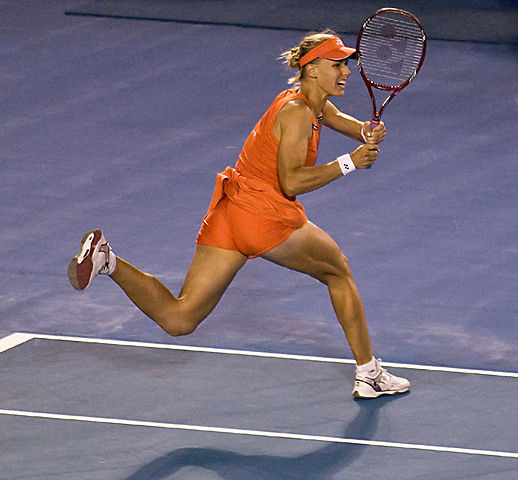
Dementieva didn’t hit a lot of return winners–in fact, she hit fewer of them than almost anyone else on tour. But she set herself up well for the remainder of the point. The return of serve was the shot best-suited to her occasional mental fragility: She didn’t have enough time to think about it.
A 2006 profile in ESPN: The Magazine suggests what could’ve been possible if Elena had figured out how to switch off her brain on the serve, as well:
Before Wimbledon in June 2005, Dementieva spent a week in Holland working with Richard Krajicek, once regarded as the most fluid server in the men’s game. He put three balls in her hand and had her serve them rapid-fire. Nearly every time, the third serve-the one she had the least time to think about-flew fastest and landed with the best topspin bounce. Krajicek is convinced Dementieva’s faulting problem has become a self-fulfilling prophecy. “I believe with Elena, it is not mechanical,” he says. “It is psychological.”
A brief conversation with Dementieva would lead most people to the same conclusion. “I hate my serve,” she said. “I don’t know how to serve.”
* * *
Fittingly, Elena’s greatest triumphs came not when her serve magically worked, but when she outgutted opponents who were struggling just as much.
That was the story of the 2008 Olympic final, when Dinara Safina’s serve abandoned her, as well. With the stadium still half-empty, the two Russians lost the first four service games, and things barely got better from there. The match saw 31 break points in its 30 games, and holds of serve were only slightly more common than breaks.
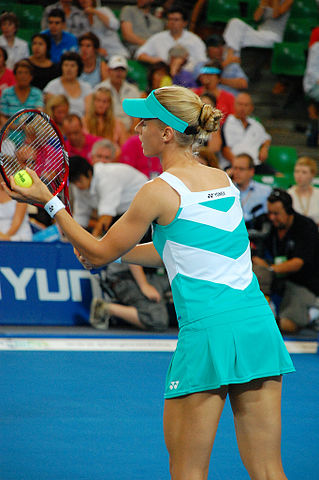
Credit: Spekoek
For once in her career, all Dementieva had to do was to be the steadier competitor. She managed it. She double-faulted only three times out of 100-plus serve points, and only once in the deciding set. Safina, on the other hand, hit 17 doubles, four of them when facing break point. On her first match point, Elena landed a modest first serve and sealed her gold-medal performance with a forehand winner.
The post-match interview was one of the few of her career with no questions about the serve–what was wrong with it, how she worked around it, or what she planned to do about it. Her famous liability didn’t win her the gold medal, but it didn’t cost her the victory, either. It’s tough to think of Elena Dementieva without dwelling on the serve and what-could-have-been, but I’ll always try to remember the glorious game that emerged when the serve got out of the way.
